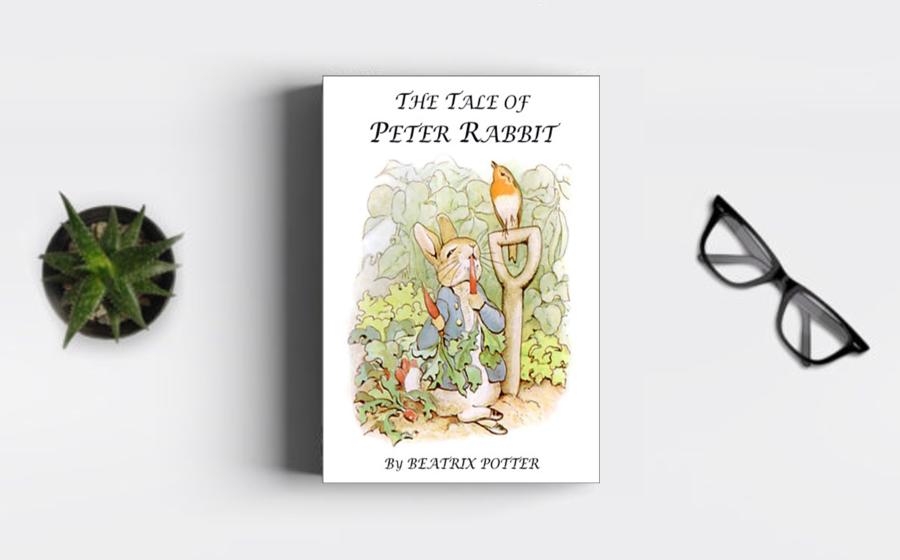"The Tale of Peter Rabbit" stands as more than just a
children's book; it is a timeless journey that has
delighted generations with its charm, whimsy, and
enduring lessons. In this review, we'll explore the
reasons why "The Tale of Peter Rabbit" remains a
timeless children's classic, celebrated for its engaging
narrative, delightful illustrations, and the universal
themes that resonate with readers young and old.
At the heart of the book's
timelessness is the captivating narration that unfolds
the adventures of the mischievous Peter Rabbit. Potter's
storytelling is simple yet rich, employing vivid
descriptions and a gentle rhythm that draws readers into
the enchanting world of Mr. McGregor's garden.
Peter's escapades, from squeezing under the gate to
feasting on vegetables against his mother's warnings,
are not just mischievous exploits; they serve as a
reflection of the universal curiosity and rebellious
spirit that characterize childhood. Readers, whether
children exploring the story for the first time or
adults revisiting it, find themselves immersed in
Peter's journey, experiencing the thrill of his
adventures and the wisdom gained from his escapades.
The characters in
"The Tale of Peter Rabbit" are not just drawings on a
page; they are anthropomorphic beings that possess
relatable personalities. Peter, with his adventurous
spirit and boundless curiosity, becomes an endearing
protagonist whose experiences resonate with readers of
all ages.
Mrs. Rabbit, Flopsy, Mopsy, and
Cottontail, along with the supporting cast of animal
characters, contribute to the charm of the narrative.
Each character, despite being part of a fictional world,
reflects aspects of human behavior and familial
dynamics, adding a layer of familiarity to the story. It
is this relatability that allows readers to form a
connection with the characters, making them timeless
companions in the journey through Mr. McGregor's garden.
Beatrix Potter's illustrations in "The
Tale of Peter Rabbit" are a visual feast that enhances
the timeless beauty of the narrative. Potter's detailed
and expressive drawings bring the characters and
settings to life with a charm that transcends the
boundaries of time.
The illustrations, created
with meticulous attention to detail, capture the essence
of the English countryside and the idyllic charm of the
rabbit family's world. The anthropomorphic depiction of
the characters, with their expressive eyes and
human-like postures, adds a layer of whimsy that
enhances the narrative's appeal to readers of all ages.
Beyond its delightful storytelling
and charming characters, "The Tale of Peter Rabbit"
explores timeless themes that resonate across
generations. Peter's mischievous behavior, the
consequences he faces, and the eventual redemption
through his mother's forgiveness are universal lessons
that continue to hold relevance in the evolving
landscape of children's literature.
The story
gently addresses the consequences of disobedience and
the importance of learning from one's mistakes. It
instills a sense of responsibility and portrays the
unconditional love of a mother, making it a narrative
that imparts valuable lessons while maintaining its
enchanting storytelling quality.
"The Tale of Peter Rabbit" has become more
than a book; it is a narrative that has been passed down
through generations. The shared experience of reading
Peter's adventures with parents, grandparents, and
siblings creates a sense of continuity and tradition.
The book's enduring popularity is evidenced by its
ability to capture the attention of new readers while
evoking nostalgic sentiments in those who revisit its
pages.
"The Tale of Peter Rabbit" remains a timeless children's classic due to its captivating narration, endearing characters, illustrative splendor, timeless themes, and cross-generational appeal. Beatrix Potter's creation is not merely a story about a mischievous rabbit; it is a journey into the heart of childhood, where curiosity, consequences, and the warmth of a mother's love intersect.






